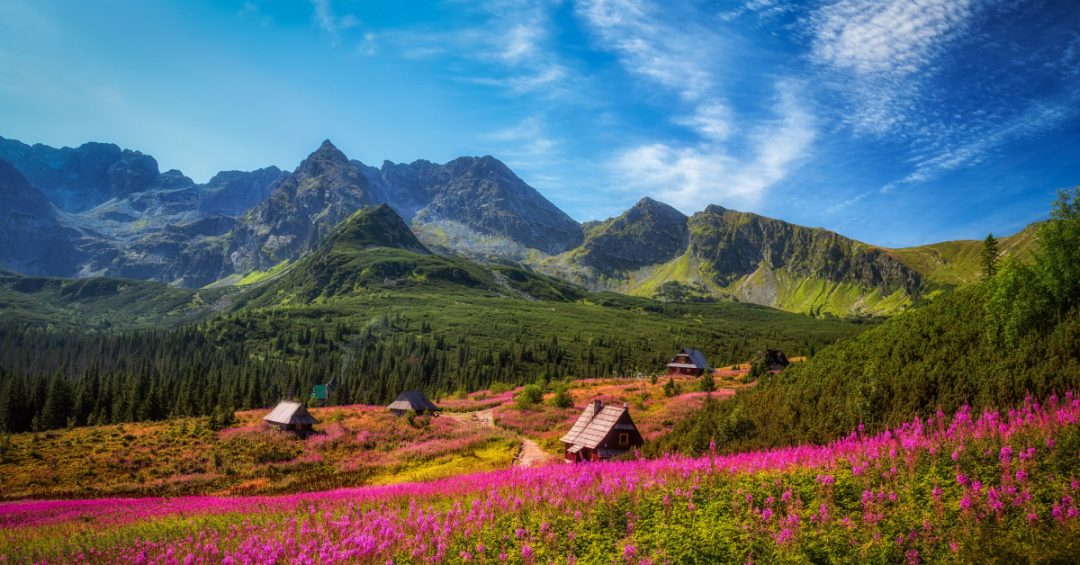This story was created in partnership with: Polish Tourism Organisation
What do you think of when you imagine Poland? Energetic, urban Warsaw? History-filled Krakow? They’re both highlights of the country, of course, but we’re here to tell you that there’s far more to discover when you take a trip to Poland.
Did you know that sixteen destinations in Poland have been awarded Golden Pin awards by Google Maps? These awards are given to the top attractions, based on the opinions of Google Maps users. Only two of these awards are for places in Krakow and Warsaw, proving that whilst these two cities are definitely top-notch attractions, there’s also a lot more to love about Poland.
So, without further ado, here are some of the best places to explore outside of the country’s hotspots to give you ideas and inspiration for planning your next holiday.
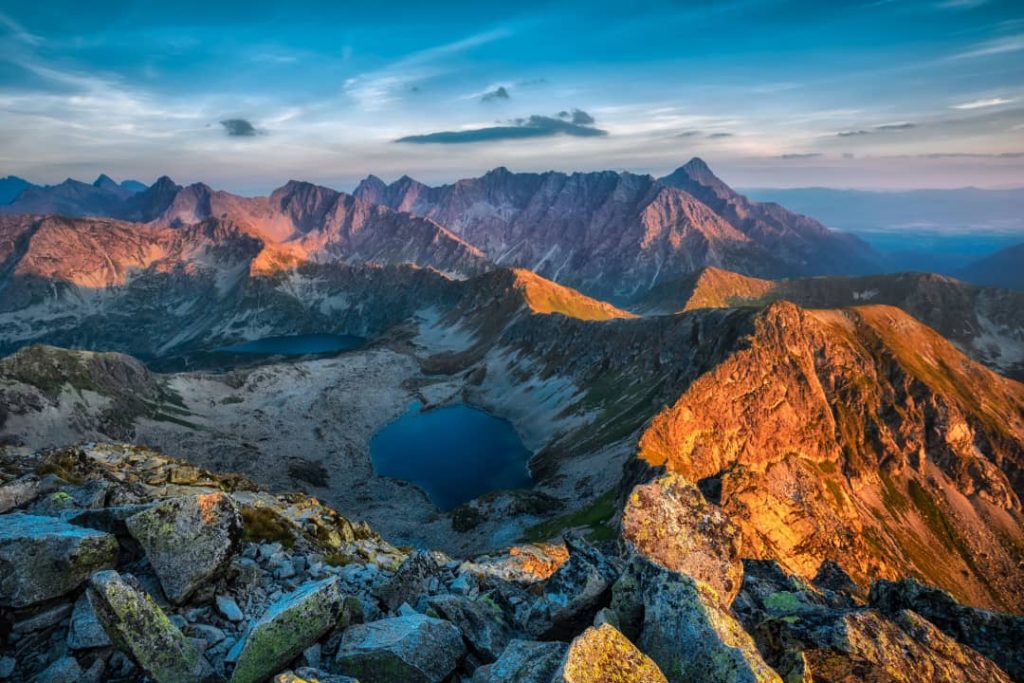
1. Adventure in the national parks
Poland is a vast country, covering 312,696 square kilometres which stretch from the beaches of the Baltic Sea in the north to the rugged Carpathian Mountains in the south. That’s a lot of diverse landscapes to explore, and visiting some of Poland’s 23 national parks is the best way to do it. These protected areas showcase the very best of the country’s natural beauty and are a fantastic way to get to grips with what Poland has to offer outside of its major cities.
Slowinski National Park on the Baltic Coast offers a view of Poland that you might not have expected. The park was created to preserve the unique system of seaside lakes, peat bogs and meadows along the coastline, as well as the largest stretch of moving sand dunes to be found in Europe. The park is designated a UNESCO biosphere reserve, and you’ll find over 105 miles of hiking paths in the park, giving you plenty of opportunities to explore this beautiful stretch of coastline.
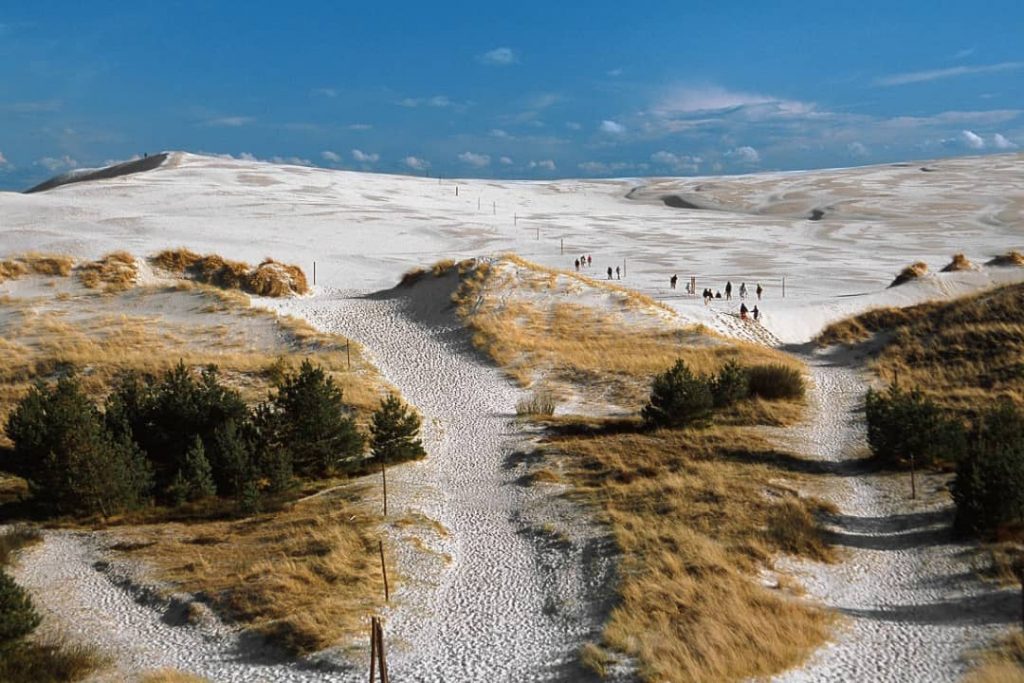
To the east of the country is Bialowieza Forest, which sits on the border between Poland and Belarus. It’s another UNESCO biosphere reserve, and is also on the UNESCO World Heritage List, thanks to its status as the last European lowland deciduous and mixed forest in existence. Take a trip here and let your imagination roam free as you imagine that this type of forest once covered almost all of Europe! You might even see European bison roaming around, the last place in Europe that you can see these magnificent creatures in the wild. The central part of the park, an area of around 40 square miles, is designated as a national park and visitors are only permitted as part of a guided tour.
If you’re an avid hiker, don’t miss Tatrzanski National Park in the south. Here, you can explore the Polish part of the Tatras mountain range, which straddle Poland and Slovakia. You’ll be awestruck by the Alpine beauty of the park, featuring jagged granite ridges, mountain lakes and incredible valleys/ Mount Rysy rises 2,499 metres above sea level, whilst spruce forests cover the lowlands of the park. You might come face-to-face with a bear or spot a marmot – or maybe even a golden eagle, as this park is one of the last refuges of this magnificent creature in the whole country!
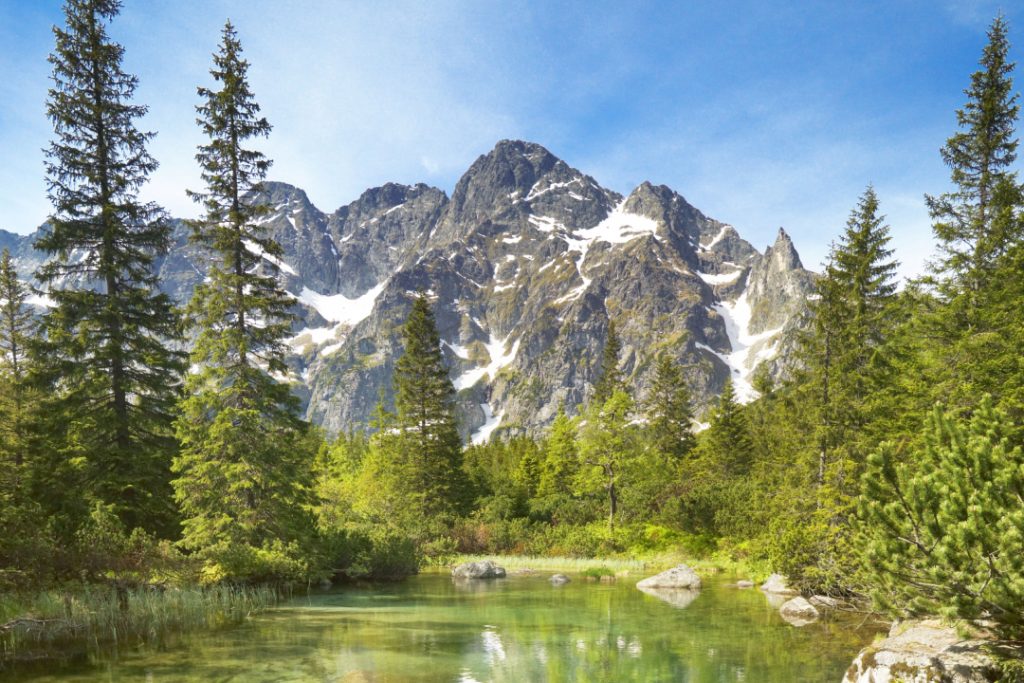
2. Relax in a spa
Whether you’ve been hiking in the Tatras, cycling the Baltic coast, or simply fancy some good old R&R, there are plenty of spas in Poland to help you do just that.
Naleczow is a spa town that benefits from being in the warmest bioclimatic region of Poland. The water here is also rich in minerals, both of which make it the perfect location for a spa! It specialises in the treatment of cardiac conditions, and the water here can support hypertension.
The town of Ciechocinek is another must-visit spa destination, thanks to its mineral springs that are imbued with sodium chloride, bromine, iodine, iron and boron, giving the water therapeutic and healing properties. The town is particularly renowned for its unique saline graduation towers, where household salt has been produced for over 170 years, as well as the therapeutic mud that you can enjoy as you sit back, relax and soak up all the goodness.
There are spas all over Poland, most of which are dedicated to healing a specific ailment (although everyone is always welcome) and whilst it might not be the first thing that comes to mind when planning your holiday, there’s nothing better than getting away from it all for a few hours and truly relaxing in one of these beautiful spa locations. So go on – take a leaf out of the locals’ book and spend some time doing absolutely nothing. It’s good for you!
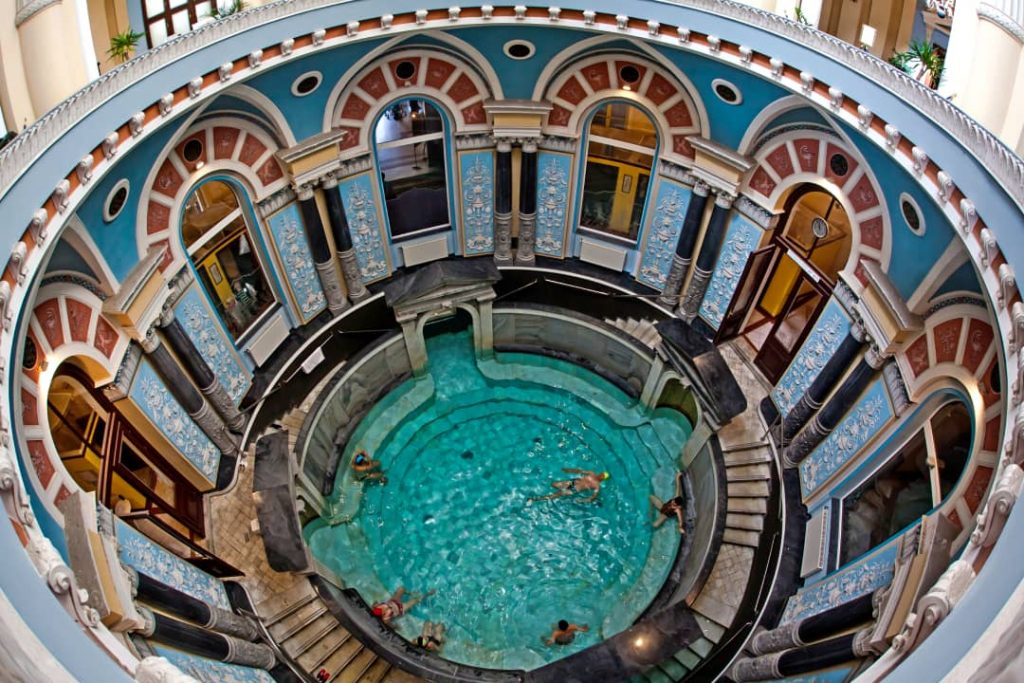
3. Go underground
Poland is beautiful on the surface, but things get even more interesting when you delve deep underground. There’s a fascinating network to explore under the surface of Poland, including 9 different cave systems, 10 military sites, 17 mines and much, much more. Going deep underground to explore these networks is like an otherworldly experience, and a trip to any of these locations is sure to be like nothing you’ve ever experienced before.
If you’re interested in exploring Poland’s mining history, there’s no better place to do so than at UNESCO World Heritage Site Krzemionki. Here you’ll find a complex of four mining sites dating from 3900 to 1600 BCE, covering the Neolithic to Bronze Ages. Learn all about what life and work were like in prehistoric times, and discover the impact of flint mining on human history and development.
Guido Mine in Zabrze is one of Poland’s Golden Pins, and it serves as a reminder of Poland’s mining heritage. Don your head torch explore the underground museum which, at 320 metres beneath the surface, is the deepest visitor mine in Europe.
The Raj Cave near Kielce offers a different experience, with a series of tunnels and chambers created by nature rather than by humans. They’re filled with stalagmites and stalactites, with an underground route 180 metres deep that allows you to marvel at the incredible sight of this underground world.
The caves in Poland have a fascinating history and none more so than the Lokietek Cave, which is the largest cave in Ojcow National Park at an incredible 320 metres. It was named for King Wladyslaw Lokietek, who used this enormous cave as a hiding place during his battle with King Waclaw II for the throne in the 13th or 14th centuries. It’s thought that he stayed here for a full 6 weeks! In more recent times, the cave was used as a shelter for locals during the First World War.
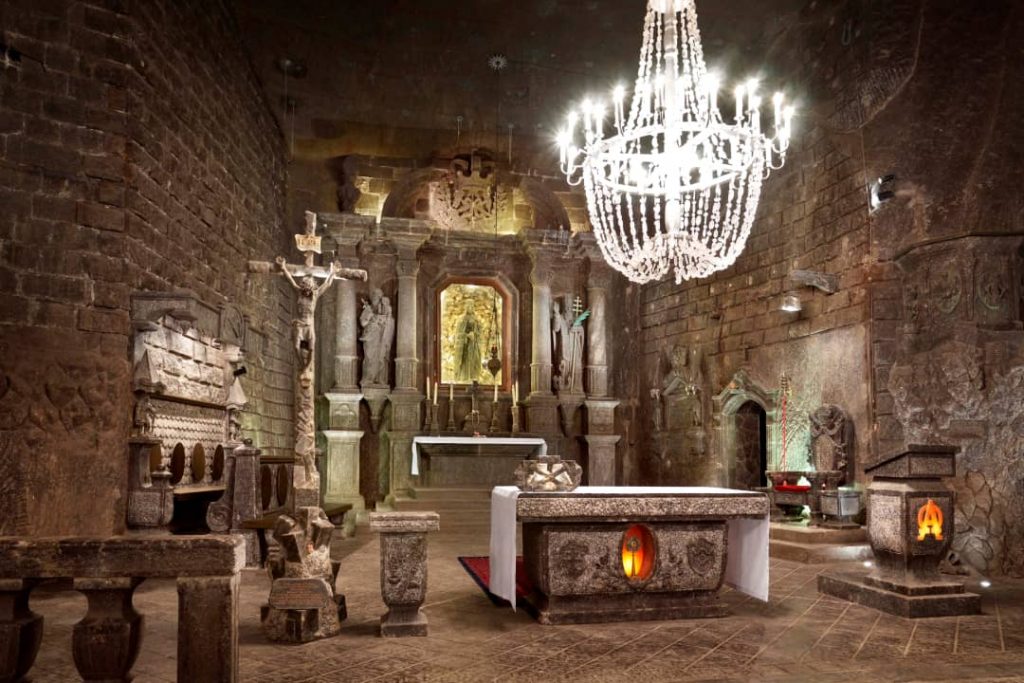
4. Get to grips with history
Poland has a fascinating and, at times, turbulent history, so if you like to learn about the origins of the places you’re visiting, there’s plenty to get to grips with here.
Malbork Castle, officially called the Castle of the Teutonic Order in Malbork, is the largest castle in the world, by land area, and is both a UNESCO World Heritage Site and one of Poland’s Golden Pin destinations. This incredible brick structure has a long history – it was first built in the 13th century, serving as a royal residence for many years before being occupied by Swedish forces, before being under German rule for over 170 years. It was finally returned to Poland in 1945.
Another UNESCO World Heritage Site to add to your list is the wooden tserkvas of the Carpathian region. These are a series of 16 tserkvas, which are churches built from horizontal wooden logs between the 16th and 19th centuries by Eastern Orthodox and Greek Catholics. There are 8 on the Polish side of the Border and 8 on the Ukrainian side, all of which are an incredible example of this type of church, which was once common in the region, and they’re a unique way of getting a glimpse into the culture, religion and traditions of these groups.
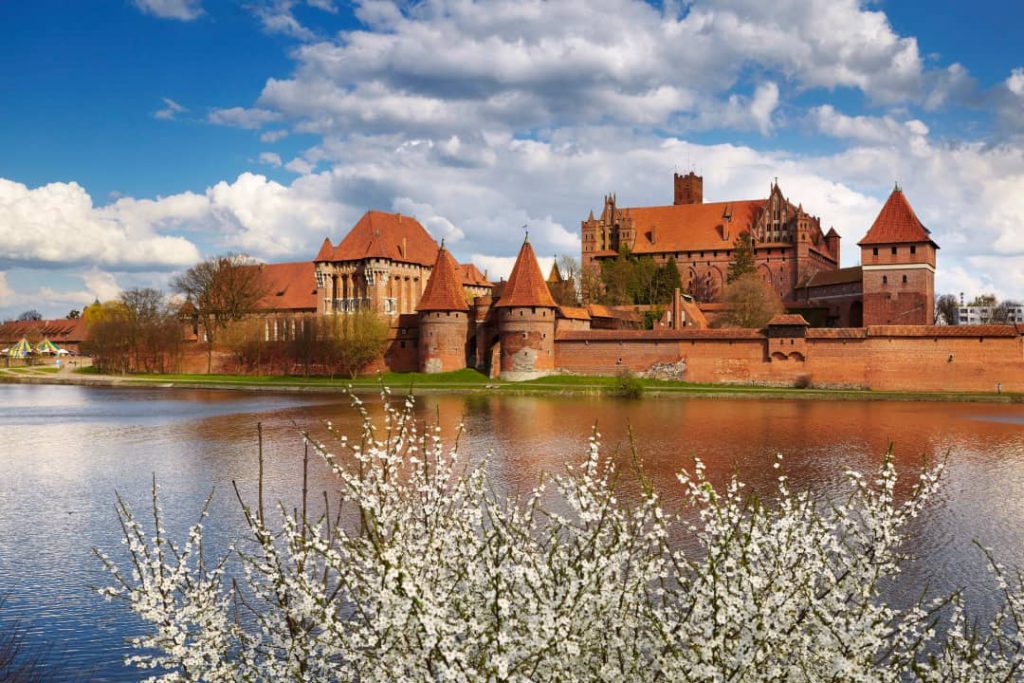
Ready to start exploring Poland off the beaten track? Head over to TourRadar to check out our Poland tours and find your perfect trip today.

